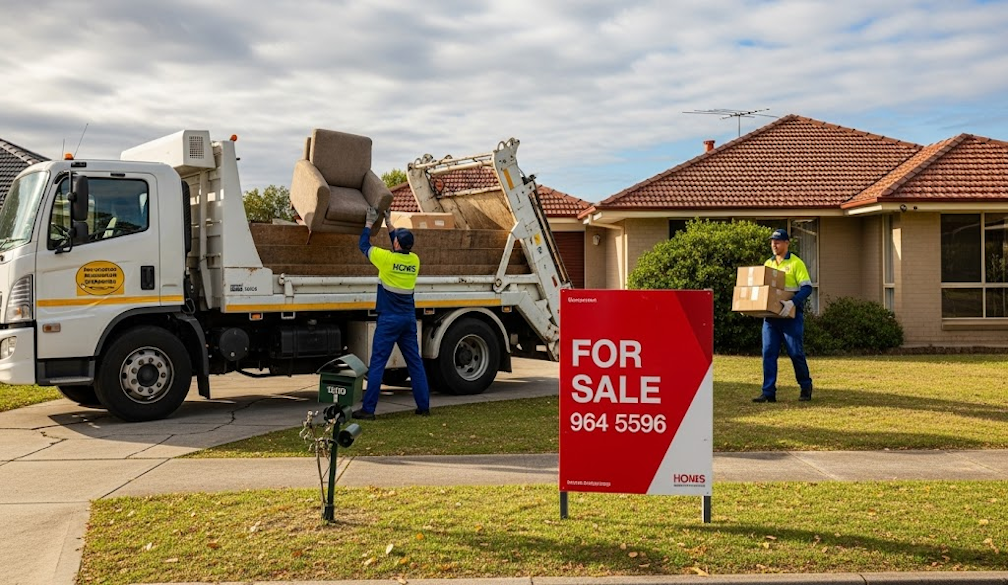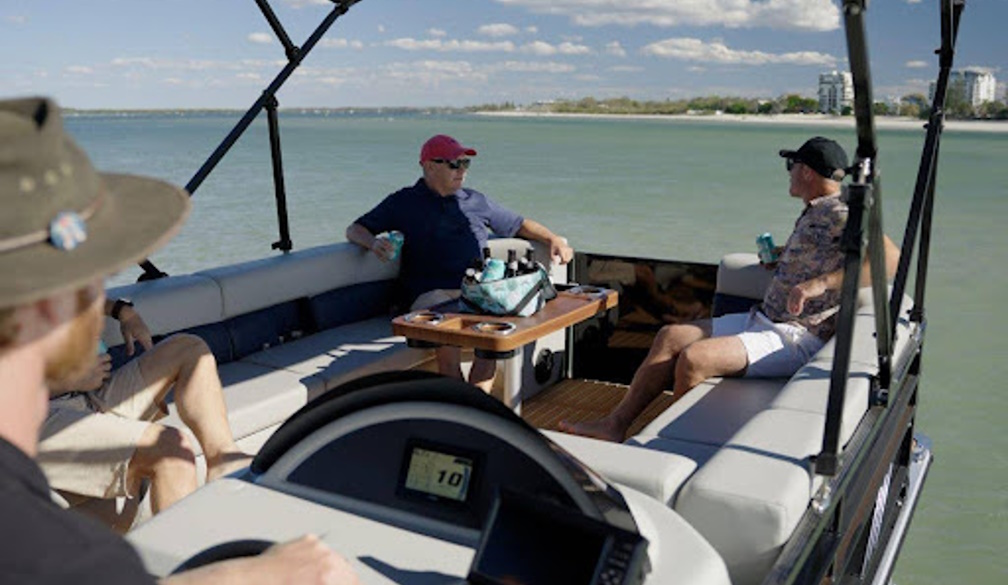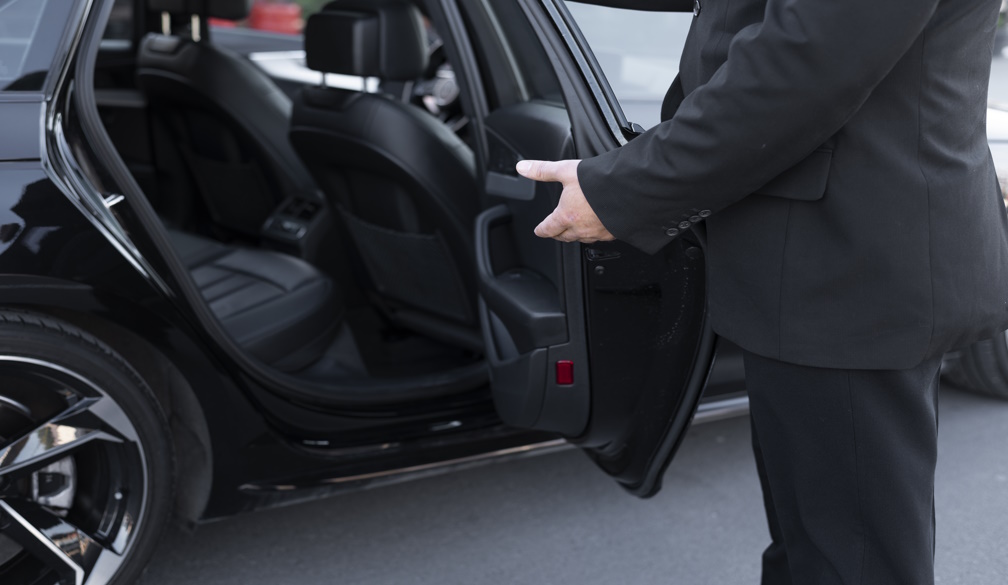One quarter of Australian 11-12 year olds don't have the literacy and numeracy skills they need
- Written by Sergio Macklin, Deputy Lead of Education Policy, Mitchell Institute, Victoria University

Children from disadvantaged backgrounds, very remote areas, and Indigenous Australians are up to two times more likely to start school developmentally vulnerable than the national average.
In 2018, 21.7% of Australian five year olds (70,308 children) were not developmentally ready when they started school. And in Year 7, nearly 25% of students (72,419) didn’t have the required numeracy and literacy skills.
Our report, Educational Opportunity in Australia 2020, is the first to examine Australia’s performance against the goals set out in the Alice Springs (Mparntwe) Declaration, a national statement agreed to by Australian education ministers in 2019.
The statement aims for a quality education system for all young people, that supports them to be creative and confident individuals, successful learners and active and informed members of the community.
But our report finds students’ location and family circumstances continue to play a strong role in determining outcomes from school entry to adulthood.
While this crisis in educational inequality isn’t new, it’s likely to get a lot worse, as COVID-19 increases levels of student vulnerability and remote learning widens gaps in achievement.
Disadvantaged children missing out as school progresses
The Alice Springs declaration sets two ambitious goals:
the Australian education system promotes excellence and equity. In part, this is about ensuring all young Australians have access to high-quality education, inclusive and free from any form of discrimination
all young Australians become confident and creative individuals, successful lifelong learners, and active and informed members of the community. This includes all children having a sense of self-worth, self-awareness and personal identity that enables them to manage their emotional, mental, cultural, spiritual and physical well-being.
The declaration was signed last year, and builds on previous ones signed in Hobart, Adelaide and Melbourne over three decades. It recognises the role education plays in preparing young people to contribute meaningfully to social, economic and cultural life.
Our report uses the best available data to paint a comprehensive picture of Australia’s performance against the above important goals.
It shows the gap in academic learning as well as other key areas, such as creativity and confidence, is clear from school entry and usually grows over time.
Analysis in our report tracked students’ learning from when they started school in 2009 to when they were in Year 5 in 2014. It showed that in literacy and numeracy for instance, the gap between the proportion of children from the most disadvantaged and advantaged families meeting relevant standards grew from 20.6 percentage points at school entry to 27.2 percentage points in Year 5.
The report also shows too many students in the senior years of school are not developing key skills. In 2018, 27.8% of 15 year olds (88,314) didn’t meet or exceed the international benchmark standards in maths, reading and science.
While some students receive the support they need to catch up to their peers, many don’t.
A lot of young people are also not developing the qualities needed to confidently adapt to challenges in adulthood and contribute to their communities.
The report shows that in 2017, 28.1% (110,410) of 23 year olds were not confident in themselves or the future and 29.9% were not adaptable to change and open to new ideas. It shows 38.1% (145,056) of 23 year olds were not actively engaged in their community and 33.2% were not keeping informed about current affairs.
Additionally, many young Australians are not being well prepared and supported to find and secure meaningful employment. Overall, according to the 2016 census, nearly 30% of 24 year olds (112,695) weren’t in full-time education, training or work.
Around half of all 24 year old Indigenous Australians, and one in three of the most disadvantaged Australians, were not engaged in any work or education, compared to 15% nationally.
This failure to address educational inequality reproduces and amplifies existing poverty across generations. It saps productivity, undermines social cohesion and costs governments and communities billions of dollars.
On an individual level, it hampers young people’s search for secure employment and is connected to poorer health and lower quality of life.
What should we do?
There are no quick ways to fix educational inequality, but there are several key improvements that will make a difference.
Closing gaps in participation and lifting the quality of early childhood education services — particularly in disadvantaged communities where services tend to be lower quality — should be one of our highest priorities. Early childhood education is critical to giving every child the best possible start. Evidence shows preschool raises children’s chances of being developmentally ready for school in key areas by around 12 percentage points.
Despite efforts through the Gonski reforms, there is still significant room to improve how Australia targets funding and support to schools with the highest level of need. We need to address the imbalance in resources between advantaged and disadvantaged Australian schools, which is the worst in the OECD.
This is not just about money, but building strong leadership and teaching capability in every school. High quality teaching is proven to be critical to improving student outcomes. We also need to support high quality use of data and assessment to tailor teaching to students’ needs, provide feedback and measure progress.
Read more: How to get quality teachers in disadvantaged schools – and keep them there
Government projections show 90% of employment growth in the next four years will require education beyond school. This means we must prepare young people for an economy requiring higher levels of skill than ever. We need to rethink existing models of tertiary education to make it accessible to all students.
Addressing educational inequality is as much about what happens outside the classroom as inside. Nurturing every child’s development and well-being is best achieved through a partnership between schools, families, communities and other support services.
Australia cannot afford education systems that fail so many students. That’s not just in economic terms – because the cost of lost opportunity is even greater down the track – but also in human terms. We know the social and health costs of disengaging in education are significant.
Authors: Sergio Macklin, Deputy Lead of Education Policy, Mitchell Institute, Victoria University


















